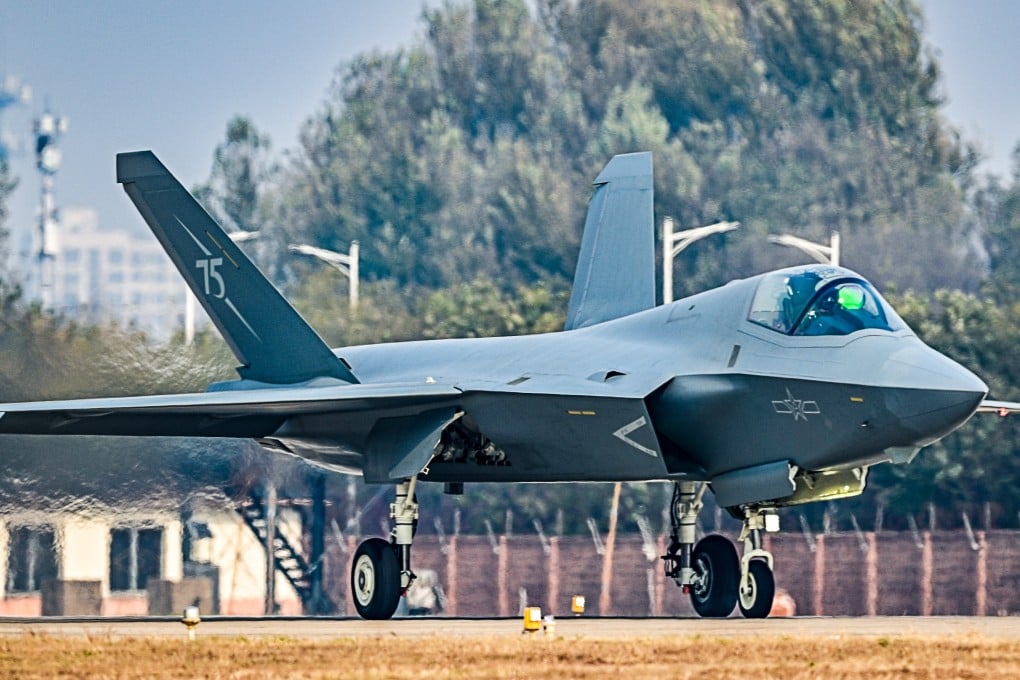SOURCE: AFI


In a recent critique of Pakistan’s defense strategy, Dave Des Roches, a former senior Pentagon official and current professor at the Near East South Asia Centre for Strategic Studies, highlighted what he sees as a critical flaw in Pakistan’s military priorities.
Des Roches, who previously served as the senior country director for Pakistan in the Office of the U.S. Secretary of Defense, argued that Pakistan’s “real need” lies in robust missile defense systems, given its geographic vulnerability to India. However, he noted that Pakistan appears to be favoring the acquisition of advanced stealth fighters and early warning aircraft, such as the Chinese J-35 and KJ-500, over missile defenses—a choice driven by the allure of “sexier” technology rather than strategic necessity.
Des Roches emphasized Pakistan’s unique strategic challenge: most of its populated areas, military installations, and economic hubs are located close to the Indian border, making them highly vulnerable to air or missile strikes in the event of a conflict. In contrast, India’s major cities, industrial centers, and military capabilities are dispersed deeper within its territory, affording it greater strategic depth. This asymmetry, Des Roches argued, makes missile defense systems a critical priority for Pakistan to protect its densely packed and exposed regions.
“Pakistan’s inhabited areas are very close to India,” Des Roches said. “They face a real threat from air and missile strikes, and missile defense systems would address that vulnerability far more effectively than offensive platforms.”
Despite this pressing need, Des Roches pointed out that Pakistan seems to be leaning heavily toward acquiring advanced offensive systems, particularly stealth fighters like the Chinese J-35 and airborne early warning and control aircraft like the KJ-500. These platforms, while technologically impressive, may not adequately address Pakistan’s core defense requirements. Des Roches suggested that the appeal of stealth aircraft lies in their prestige and perceived ability to project power, rather than their utility in countering Pakistan’s lack of strategic depth.
“They think they now have a solution to their lack of depth in the event of a war with India,” Des Roches said, referring to Pakistan’s apparent belief that stealth fighters can compensate for its geographic and defensive shortcomings. “Stealth aircraft are considered ‘sexier,’ so they’re prioritizing them over missile defense systems, even though they’re buying more fighters and early warning aircraft than they realistically need.”
Des Roches’ remarks amount to a sharp critique of the Pakistan Air Force (PAF) and its strategic decision-making. He suggested that the PAF’s focus on offensive capabilities reflects a miscalculation, as stealth fighters and early warning aircraft, while valuable, cannot fully mitigate the risks posed by India’s superior air and missile capabilities. Without robust missile defense systems, Pakistan remains exposed to rapid and devastating strikes that could cripple its infrastructure and military in the early stages of a conflict.
“Dave Des Roches blasts PAF,” as some have framed his comments, for assuming that offensive platforms can substitute for a comprehensive air defense network. His analysis underscores the need for Pakistan to
NOTE: AFI is a proud outsourced content creator partner of IDRW.ORG. All content created by AFI is the sole property of AFI and is protected by copyright. AFI takes copyright infringement seriously and will pursue all legal options available to protect its content.